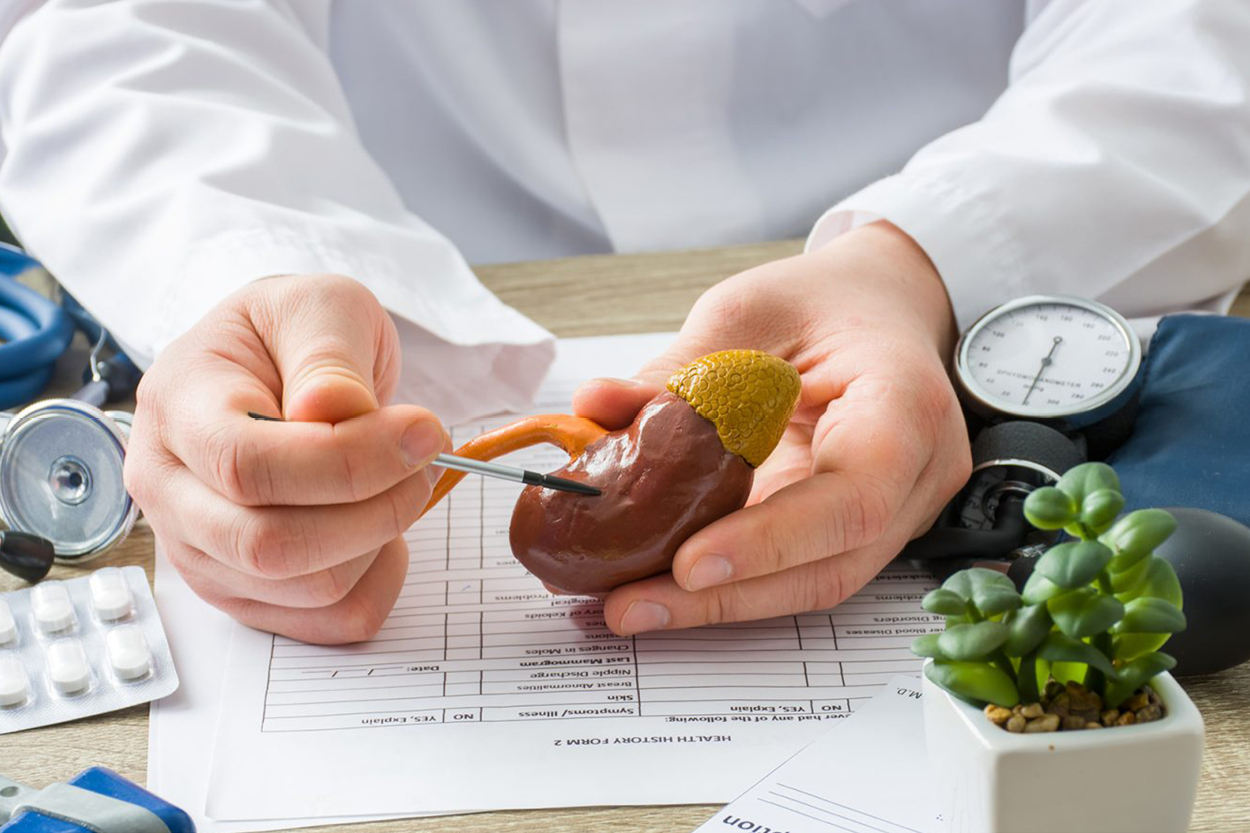Your doctor recommends a cystoscopy, but what even is a cystoscopy? And why do you need one?
What is a cystoscopy?
A cystoscopy is a procedure that views the inside of your bladder and urethra. A cystoscopy is performed by a urologist with a lighted device that has a camera attached. It is used to diagnose urinary tract problems like cancer.
Why would I need a cystoscopy?
If you are experiencing bladder control issues, bladder stones, have blood in your pee, or painful urination, your urologist may want to perform a cystoscopy to see what is wrong. A cystoscopy can help diagnose bladder cancer, an enlarged prostate, interstitial cystitis, or urinary tract infections.
What are the risks of a cystoscopy?
While there are minimal risk for a cystoscopy the few risks associated with it are:
-
Infection: Rarely, cystoscopy can introduce germs into your urinary tract, causing an infection.
-
Bleeding: Cystoscopy might cause some blood in your urine. Serious bleeding only occurs rarely.
-
Pain: After the procedure, you might experience abdominal pain and a burning sensation when you urinate. These symptoms are generally mild and gradually get better after the procedure.
What should I expect during a cystoscopy?
Your cystoscopy should only take about 15 minutes. You will first be asked to empty your bladder, and then depending on whether you need an anesthetic or not, your doctor will insert the cystoscope and examine your urethra and bladder.
Talk to your doctor if you have any questions or concerns about getting a cystoscopy.
published: Dec. 31, 2024, 2:47 p.m.

